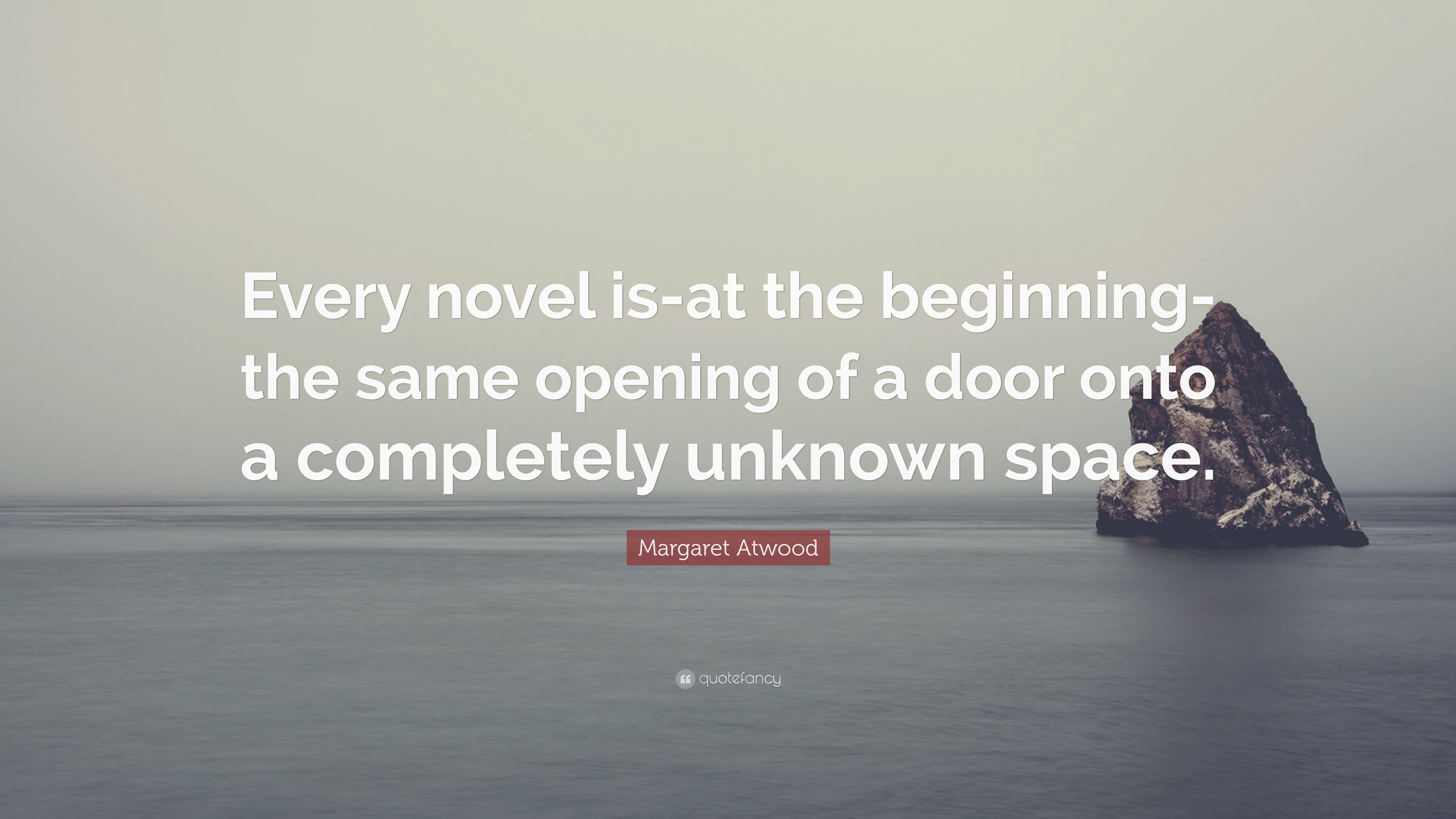

Who, after all, is Donald Trump if not Commander Waterford without the charm? And I can’t be the only one who, watching the Trump crowd’s chants of “Lock her up!” or “Send her back!”, found herself thinking of taser-wielding Aunt Lydia and the handmaids’ cries of “Her fault!” when one of their number “confesses” to having been gang-raped? With the implacable rise of the Christian right in the US, never has it felt more urgent for women to guard both their bodies and their reproductive systems against (some) men and the state.
#Happy endings margaret atwood person tv#
Still, no one could have guessed the extent to which recent history (as well as a superb TV offshoot) would bring it eerily, terrifyingly back into focus. The newly born Republic of Gilead, with its abuses and abominations, its hideously misogynistic vocabulary and gruesomely rationalised constraints, was just about far enough from our own world to seem beguiling, but also close enough to feel like a wake-up call. As Flannery O’Connor said, “ just sit back and enjoy the story.Those of us lucky enough to read The Handmaid’s Tale back when it first appeared in 1985 will remember the shock of a novel that felt both claustrophobically precise and shatteringly prescient. Although even this test has it’s holes because literature for one person is just a nice story for someone else. In this way it is easy to decide what is literature and what is not, if at the end of a story if the reader’s only thought is “Gee, what a nice story” then it is most definitely not literature, but if instead if the thought is more along the lines of “The author said A, B and C but were they really trying to make a point about D?” it is literature. The main theme in most literature that divides it from the rest of the stories is that literature tries to make a specific point, and in doing so forces the reader to think about the point that the author is trying to make. The use of story like this to portray the differences in opinion on what makes a story is pure genius on the part of Atwood, what is even more interesting is the fact that it is also considered literature. The step from story to literature is a gray line and is based on personal taste, as Justice Stewart said “I know it when I see it” although he was referring to obscenity it is just as applicable here. This is the important part, the hows and the whys are what makes a story literature with out them it makes no difference if the prose is expertly laid out or not it is all still a story nothing more. According to Atwood, all the whats are just the plot, one thing that happens after another, however the how and the whys are what really make a story more than a story. Atwood also says that what happens is not all-important but how it happens and why it happens. However if someone knows the middle they can guess the ending, if they are told that person “A” had to have triple bypass surgery and that person “B” murdered a few people they can make an educated guess how each story ends.īut even the middle of the story is only part of a greater whole, without the beginning of the story no one can tell why certain events happened and what lead to person “A” to doing “action z”.

However if someone dies from heart failure no one can know anything about his life, they may guess the person ate too much junk food, or drank too much but if they don’t know anything else they can’t guess the middle. So since the ending is already known why does it have the tendency to “steal” the spotlight from the rest of the story? Sure in some cases people can guess the middle of a story from the ending, if they find someone died in an electric chair they can assume he committed a crime. This holds true with literature versus a beach novel although a beach novel and piece of literature may end the same way it is the rest of the book that makes one different from the other.Īs she says the true ending is “John and Mary die” the only guarantee in life is death. She seems to say that the endings are all cliché that the middle is the part that is unique.

Margaret Atwood uses her short story Happy Endings to show that it is not the end of a story that is important it is the middle.


 0 kommentar(er)
0 kommentar(er)
